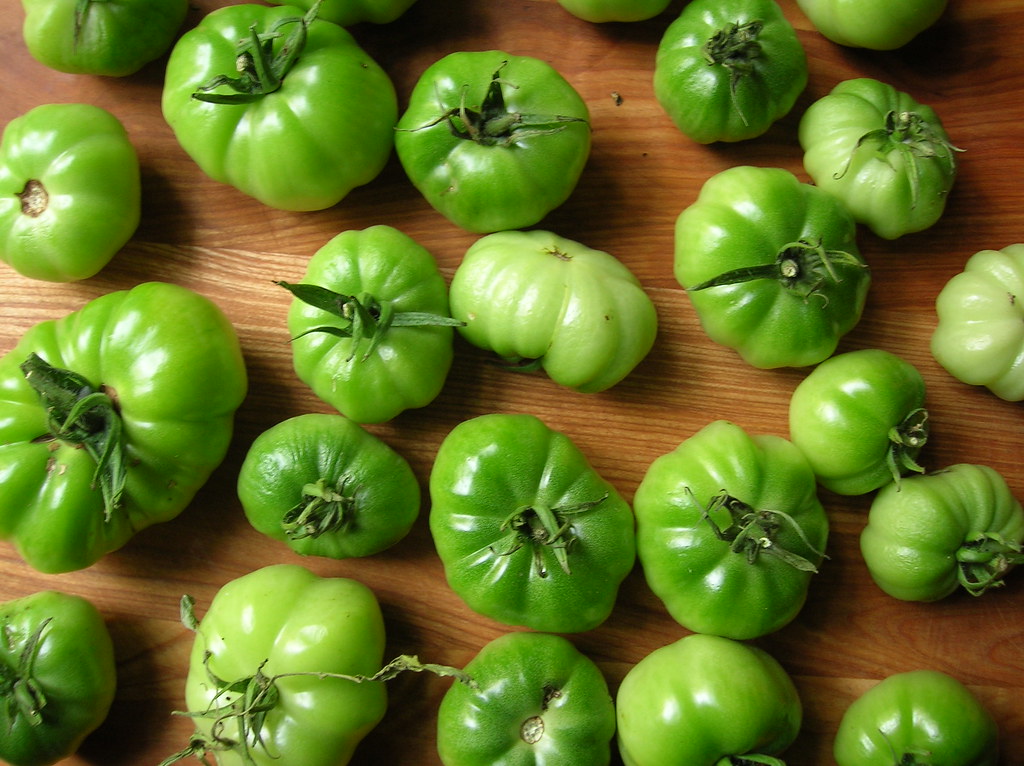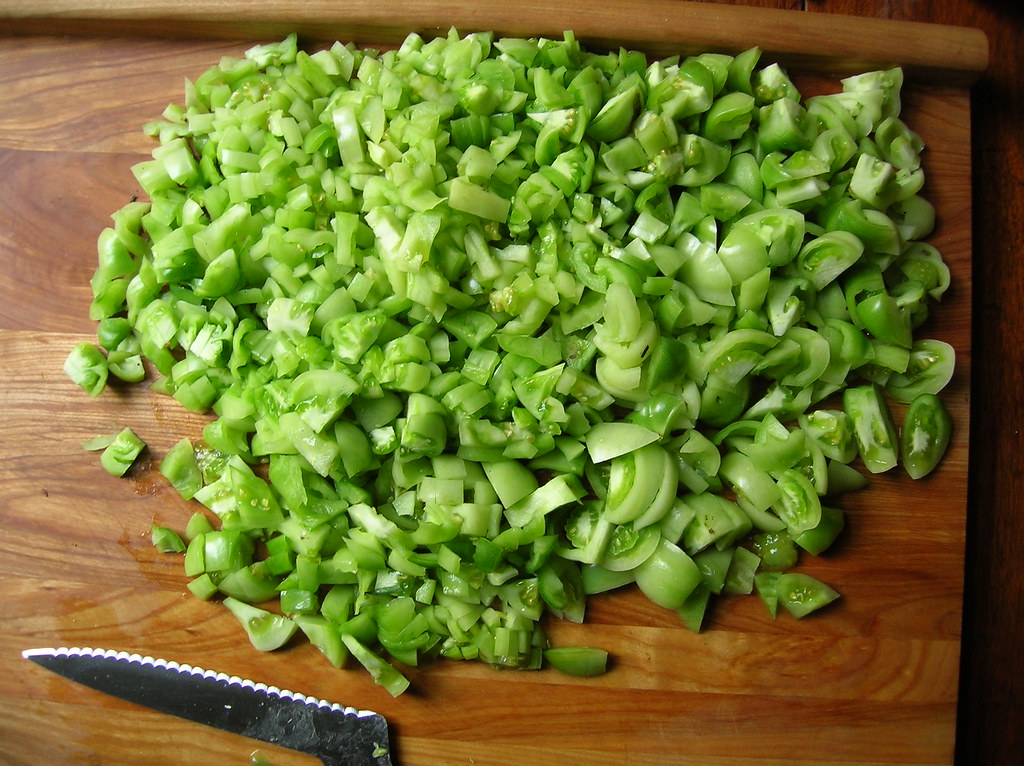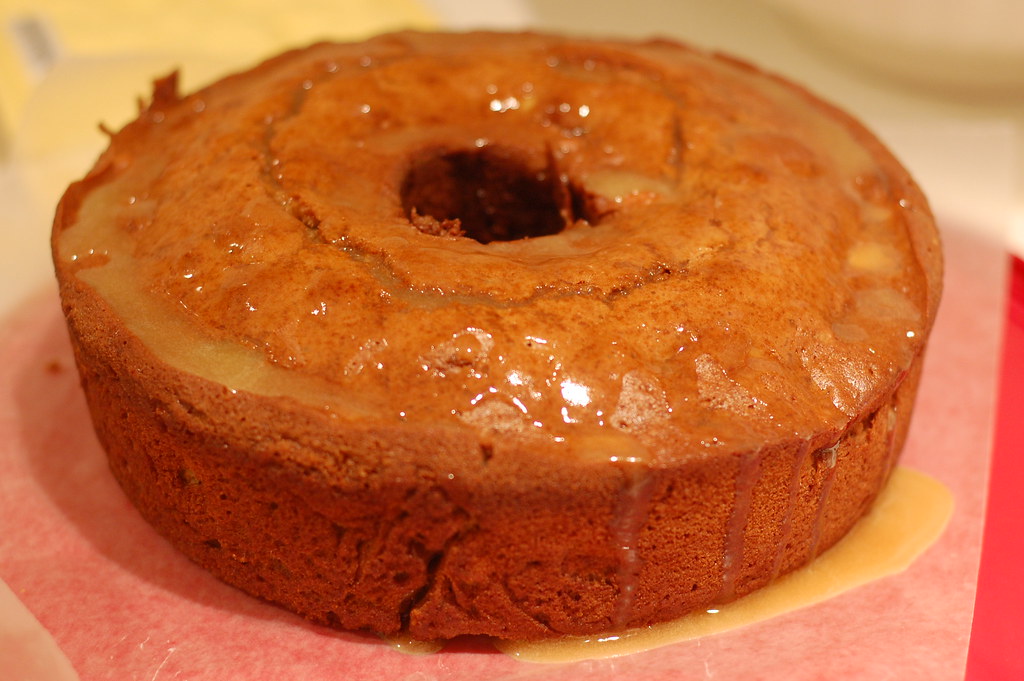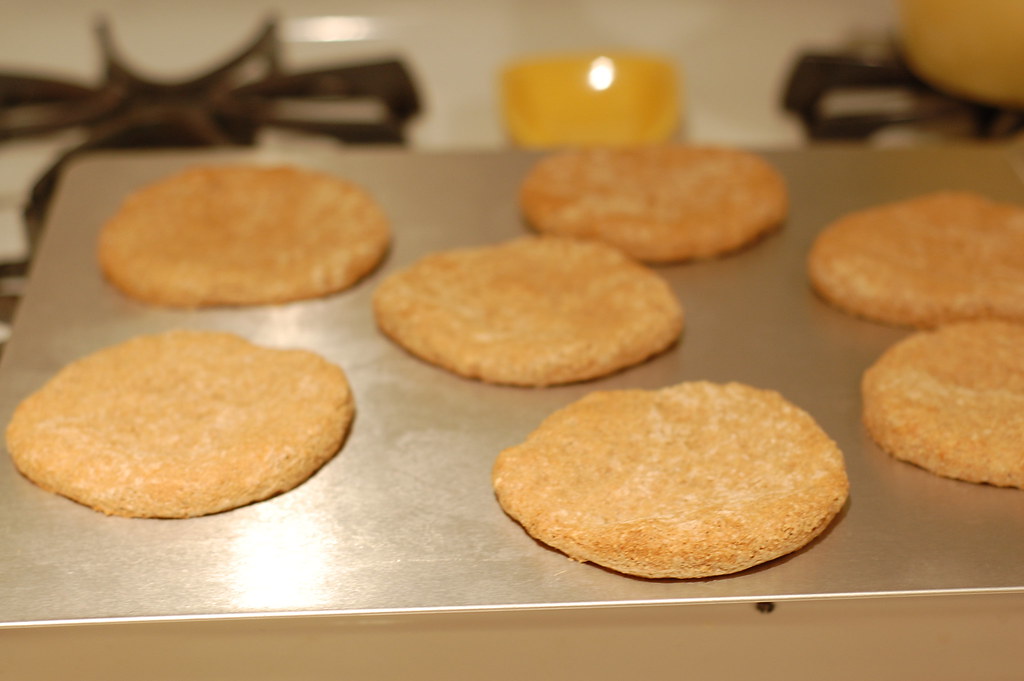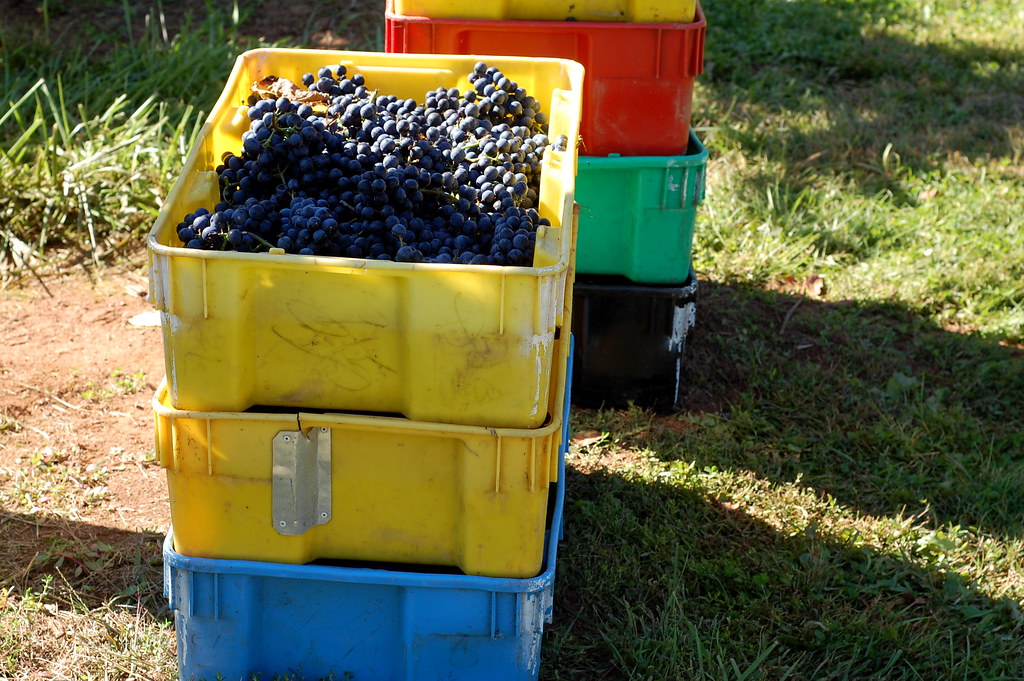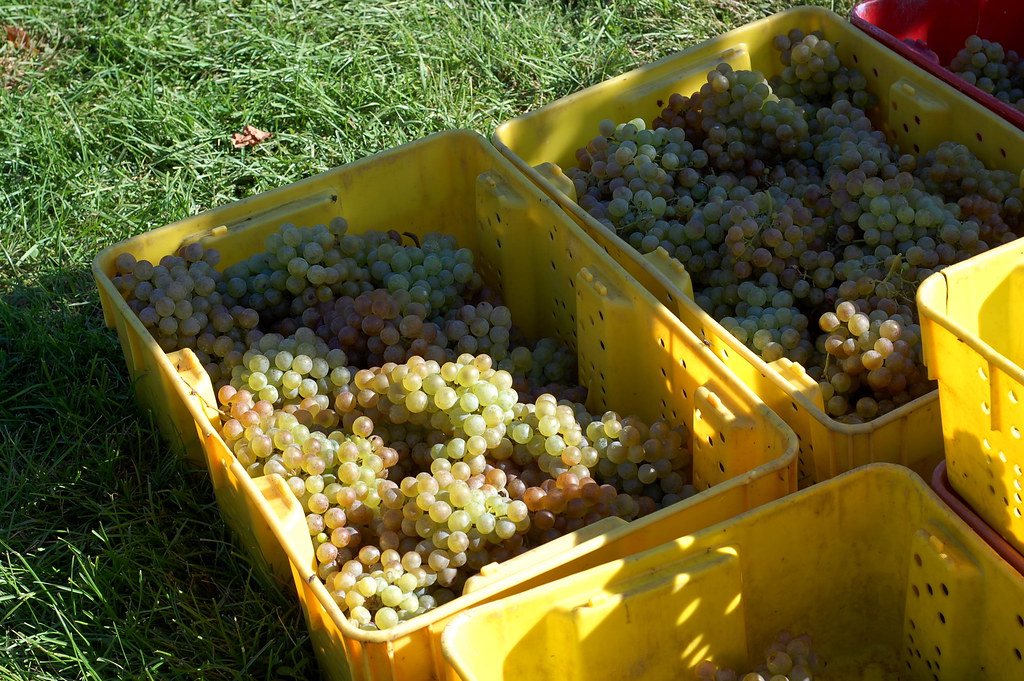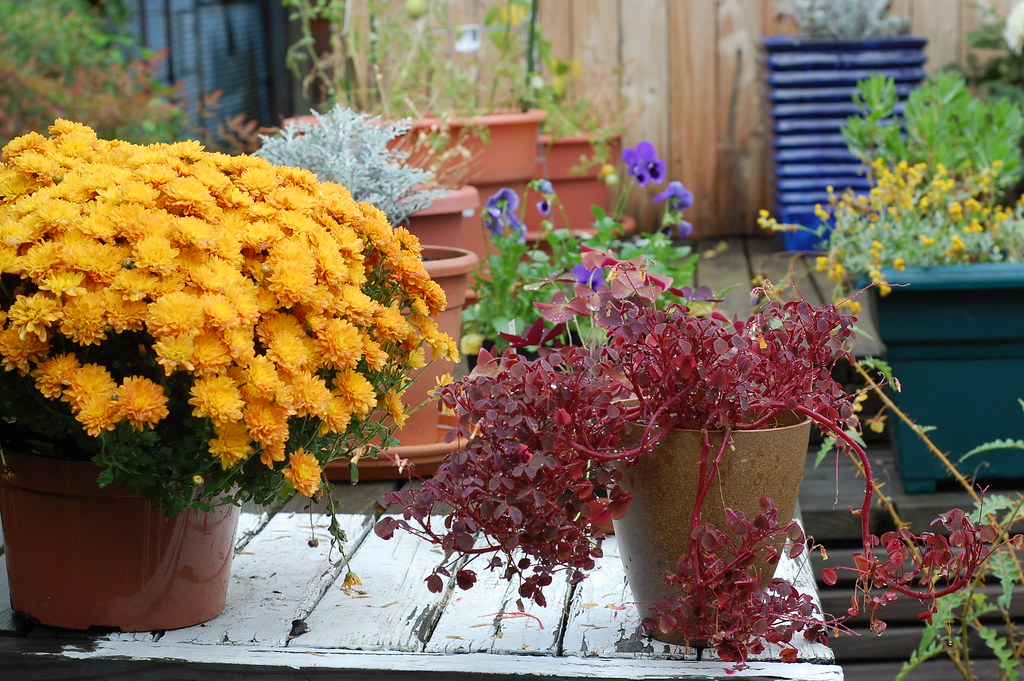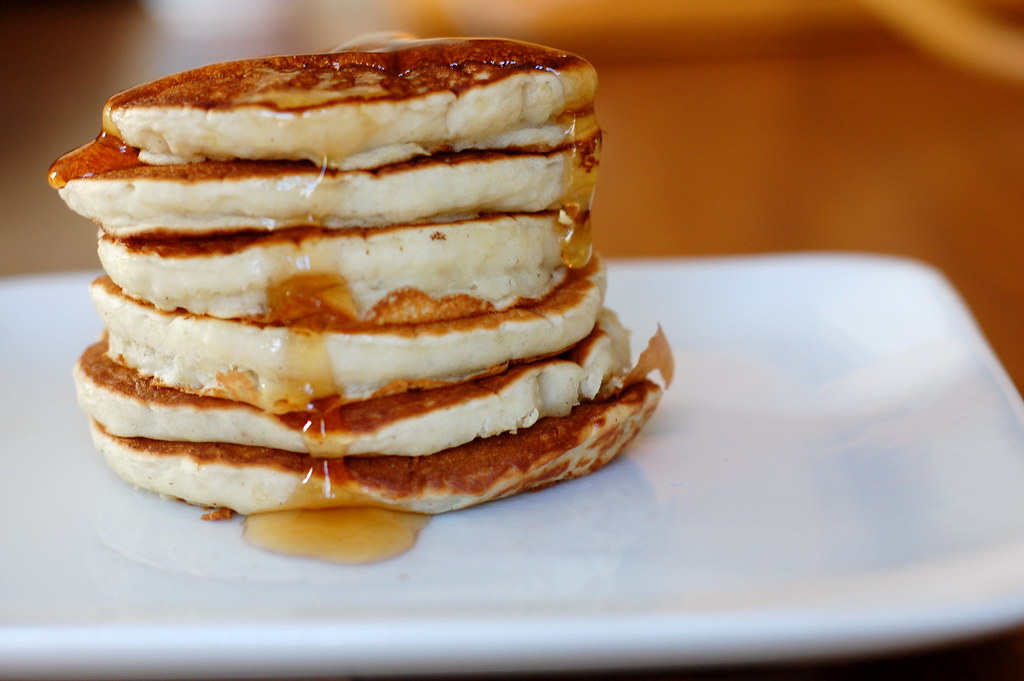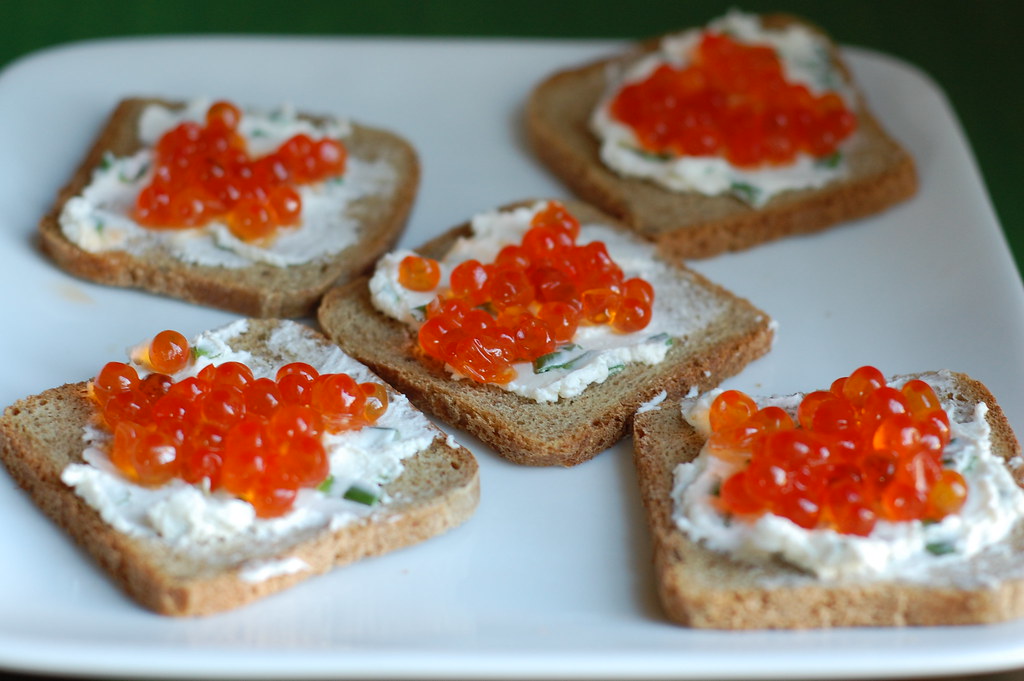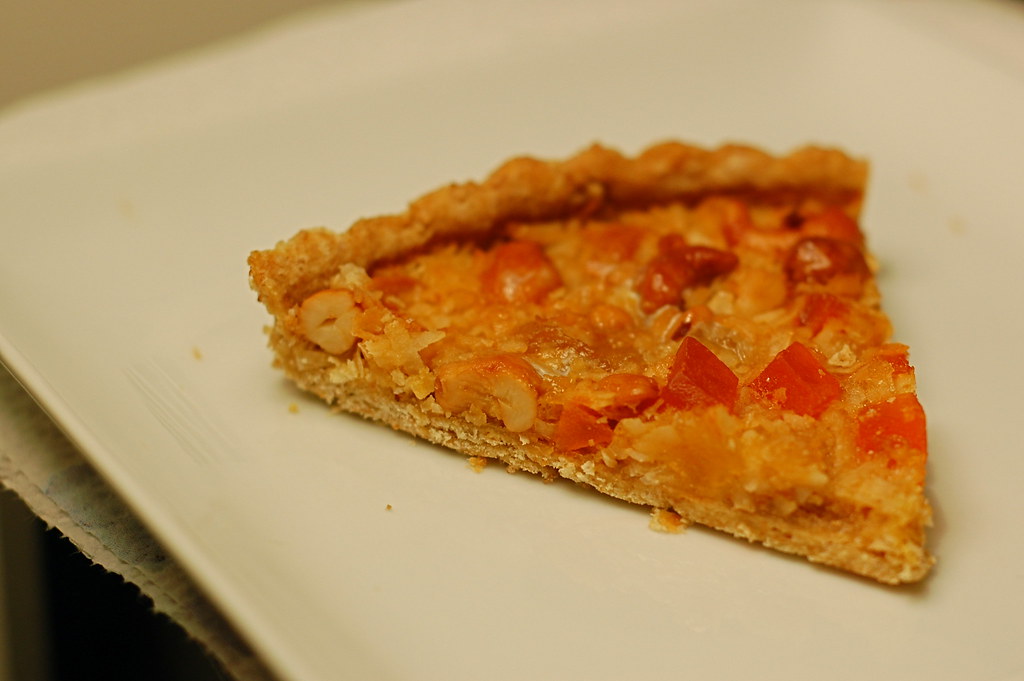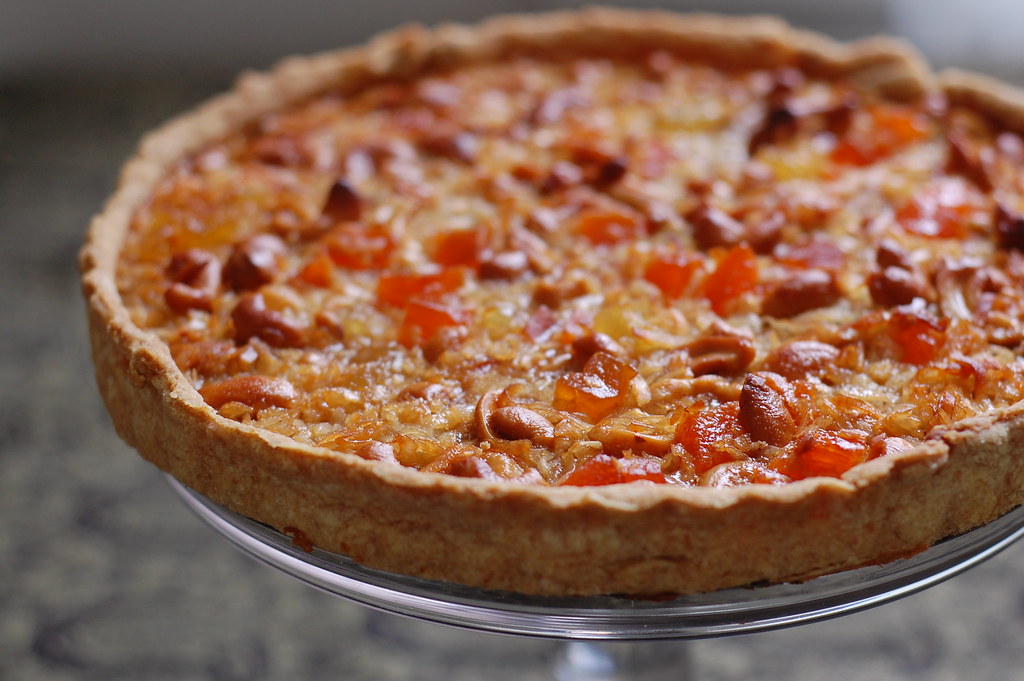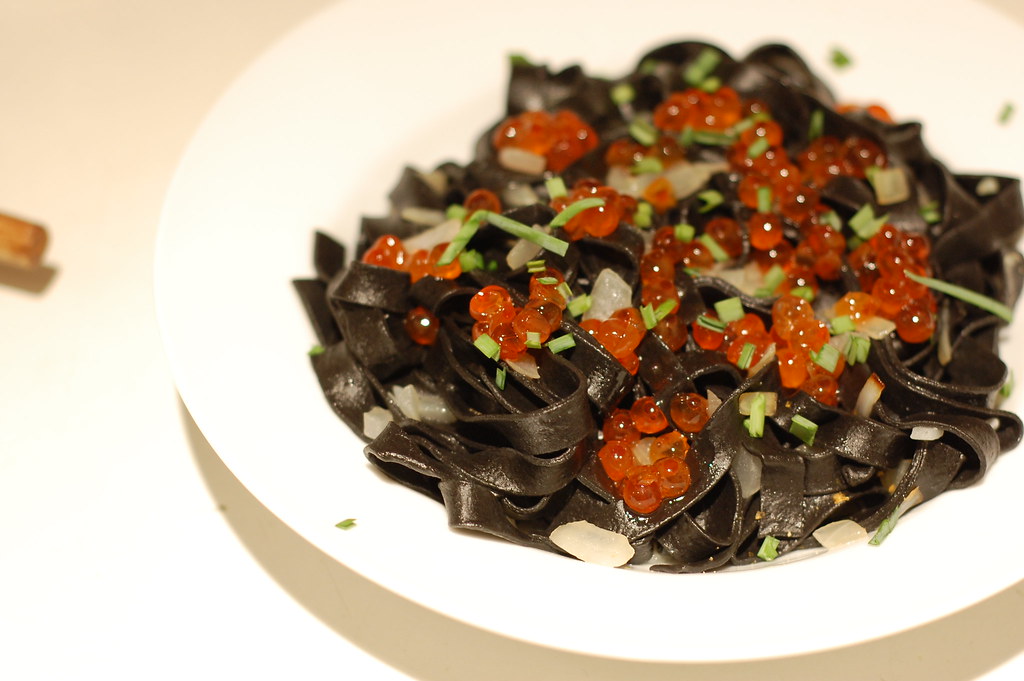
Here's a good example of how to put your local resources to use for good economical meals. People are always commenting on my "gourmet lunches" or what I cook, and I am convinced that I spend less on groceries than most people. Yes, I make a lot of things (like beans and bread) from scratch, but I really think that knowing how to shop, knowing my local purveyors, as well as knowing how to cook, all save me money.
In this case, there's fabulous fresh pasta at Eastern Market, and I chose the excitingly black squid ink fettucine; just $4 for 1/2 lb, enough for 2 generous servings. The salmon roe I had bought for a previous brunch, but the small container was around $8. The wine I already had and the shallots and chives were from my yard, which meant we had an exquisite meal for two for what some people spend at Starbucks. And did I mention it was ready in 15 minutes, start to finish?
This dish really is special, the squid ink fettucine has a subtle taste, not fishy but rather just a little different, sort of salty and earthy. The salmon roe make this big bright pop in your mouth, and I find they have a much more subtle flavor than other kinds of caviar, so they aren't overwhelmingly salty or briny. And there's just the cool color aspect to it all, if you're looking for something black and orange for Halloween. A visual trick and economical treat.
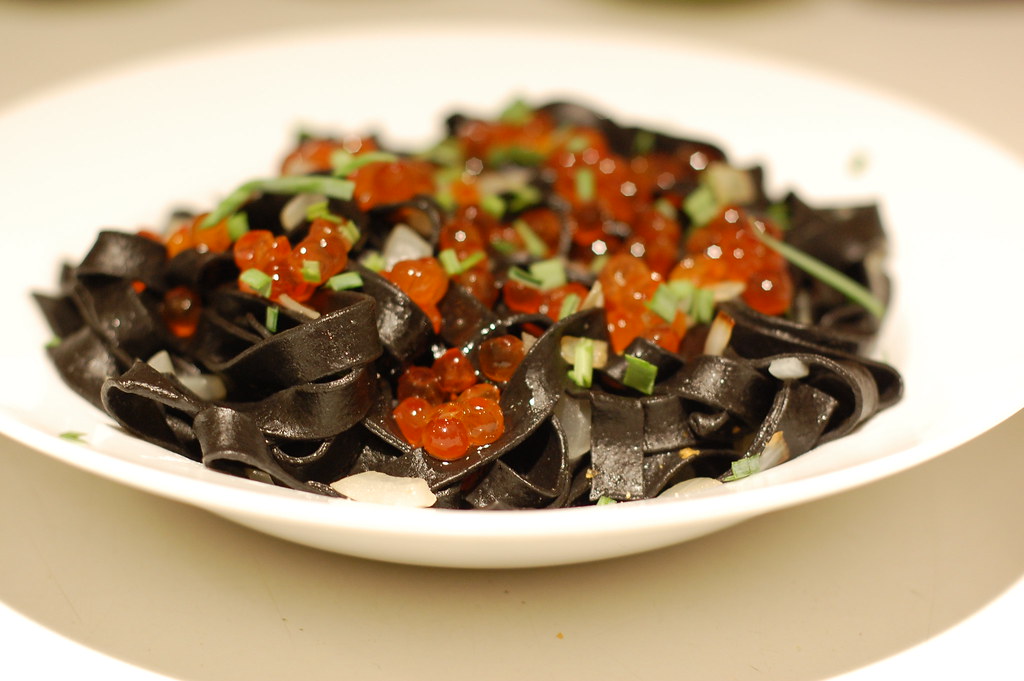 Squid Ink Fettuccine with Salmon
Squid Ink Fettuccine with SalmonIf you want a richer flavor, you could add butter or heavy cream (about a 1/4 cup) after the white wine for the sauce. Personally, I like the cleaner flavor of this simple version. Letting the pasta cool slightly before adding the roe prevents the roe from bursting or loosing its pop. Serves 2.
1/2 lb squid ink fettuccine
splash of olive oil
2 shallots, finely diced
1/2 cup white wine
salmon roe
chopped chives, for garnish
1. Set a pot of lightly salted water to boil.
2. Meanwhile, in a medium-sized skillet, heat the olive oil and saute the shallots over medim heat until soft and translucent. Deglaze the pan with the white wine, scraping up any brown bits from the pan.
3. Cook the pasta in the boiling water for the time indicated (should be only 2-3 minutes). When the pasta is done, use tongs to transfer the pasta to the skillet with the shallots. Toss everything to coat (if the pasta seems dry, add a little of the pasta cooking water to loosen things up).
4. Transfer pasta to serving bowls, let cool a few minutes. Sprinkle salmon roe and chives overtop. Serve immediately.

